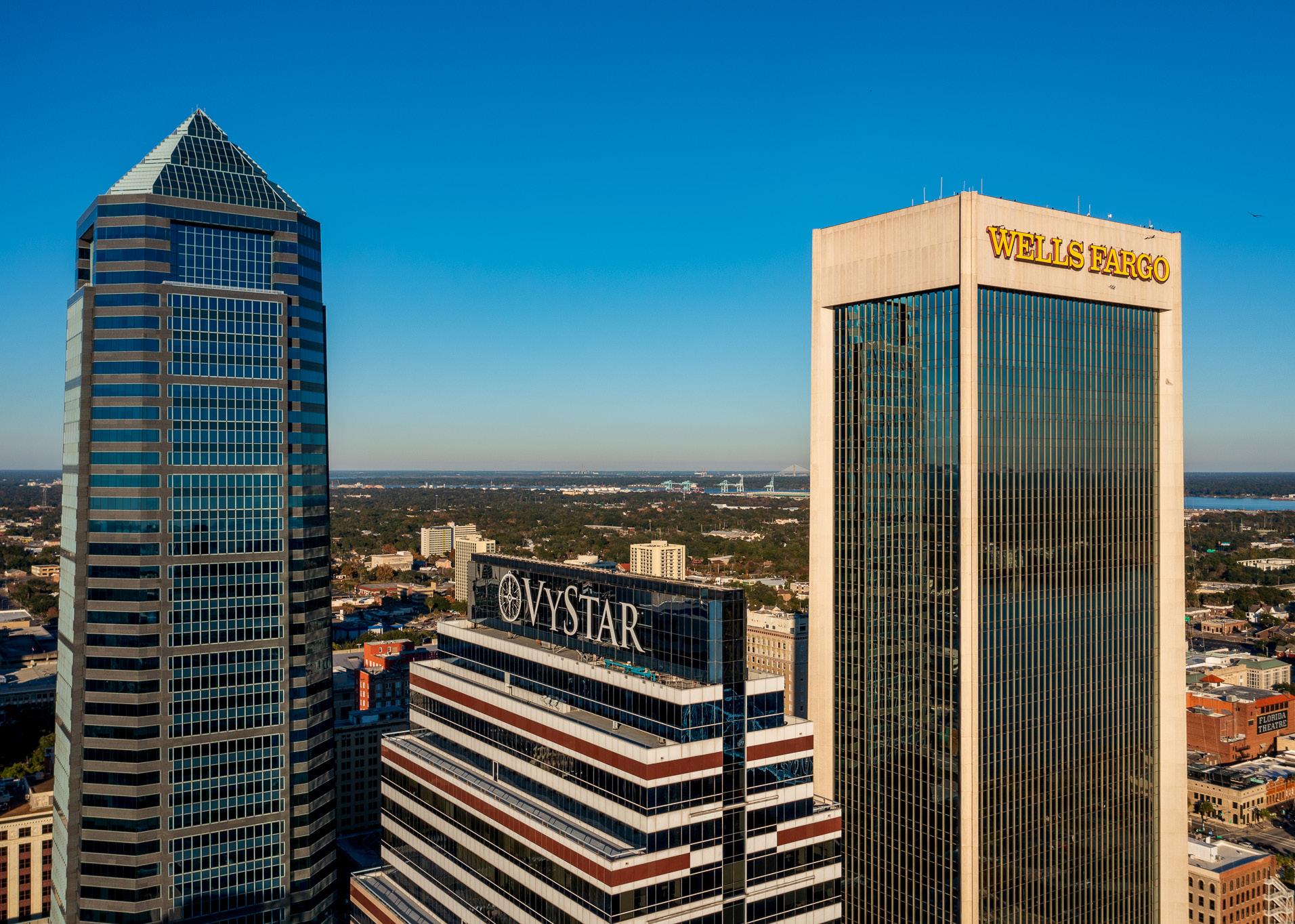
2 minute read
THE EIGHT GOALS OF THE DOWNTOWN MASTER PLAN
WHY WERE THEY CHOSEN, AND WHAT WILL THEY ACCOMPLISH?
Office
Advertisement
REDEVELOPMENT GOAL NO. 1 | Increase commercial office utilization, occupancy and job growth to reinforce Downtown as the region’s epicenter for business.
Since the demise of Downtown department stores in the late 1980s, office use has been the primary driver of Downtown activity and investment. In the vision of the master plan, Downtown remains the epicenter for business in the region. Government uses abound and private industry sectors have shifted several times over the decades. Approximately 56,000 people work in Downtown today and office vacancy varies widely by building, with some nearly full and others with ample space available for new tenants. Overall, the rent rates are soft due to the vacancy rate, making significant upgrades difficult to prioritize. Hence, the goal is to recruit businesses to fill existing space rather than encourage new speculative office construction. An incentive is available to encourage prospective tenants to lease existing space, and it is designed to offset parking costs to make Downtown competitive with suburban office parks. Office use is permitted anywhere within Downtown, and clusters of tenant types have naturally emerged. Corporate headquarters dominate on the Brooklyn riverfront, while medical offices complementary to the major hospitals populate the Southbank. City Center is home to City Hall, courthouses and many other government buildings, as well as major office towers. Office uses in other neighborhoods are envisioned to be smaller in scale, and not the dominant use in the district.
REDEVELOPMENT GOAL NO. 2 | Increase rental and owneroccupied housing Downtown, targeting diverse populations identified as seeking a more urban lifestyle.
With a Downtown population of only 2,000-3,000 a decade ago, and over half of those in senior living, building a Downtown residential population has been the paramount goal since the early 2010s. The disparity between the number of jobs and housing units in Downtown presents an opportunity, and the desire for an urban lifestyle among young professionals creates another opportunity that must be addressed to remain competitive with peer cities in workforce recruiting. Both zoning and incentives support the emphasis on dense residential development in Downtown, and we have seen geometric growth with over 7,500 residents as of mid-2023. An additional 1,400-plus units under construction will bring us close to 10,000 residents, and many more are in the pipeline.
The plan seeks a mix of product types and affordability in each Downtown neighborhood, with development of everything from luxury to workforce to affordable units dispersed throughout Downtown. For-sale townhome products also are part of the mix. Rent growth, driven in part by Jacksonville’s population growth, has maintained strong momentum (especially in Brooklyn and Southbank), and residential density is nearing the tipping point that will support retail market studies.
In recognition of the different characteristics of the Downtown districts, but also their common assets, Neighborhood Branding and District Specific Standards have been adopted. These guidelines highlight the distinct look and feel of different neighborhoods — and enhance their marketability — through specialized branding that includes neighborhood personas and target markets, logos and color palettes, neighborhood banners, landscaping options and more.









